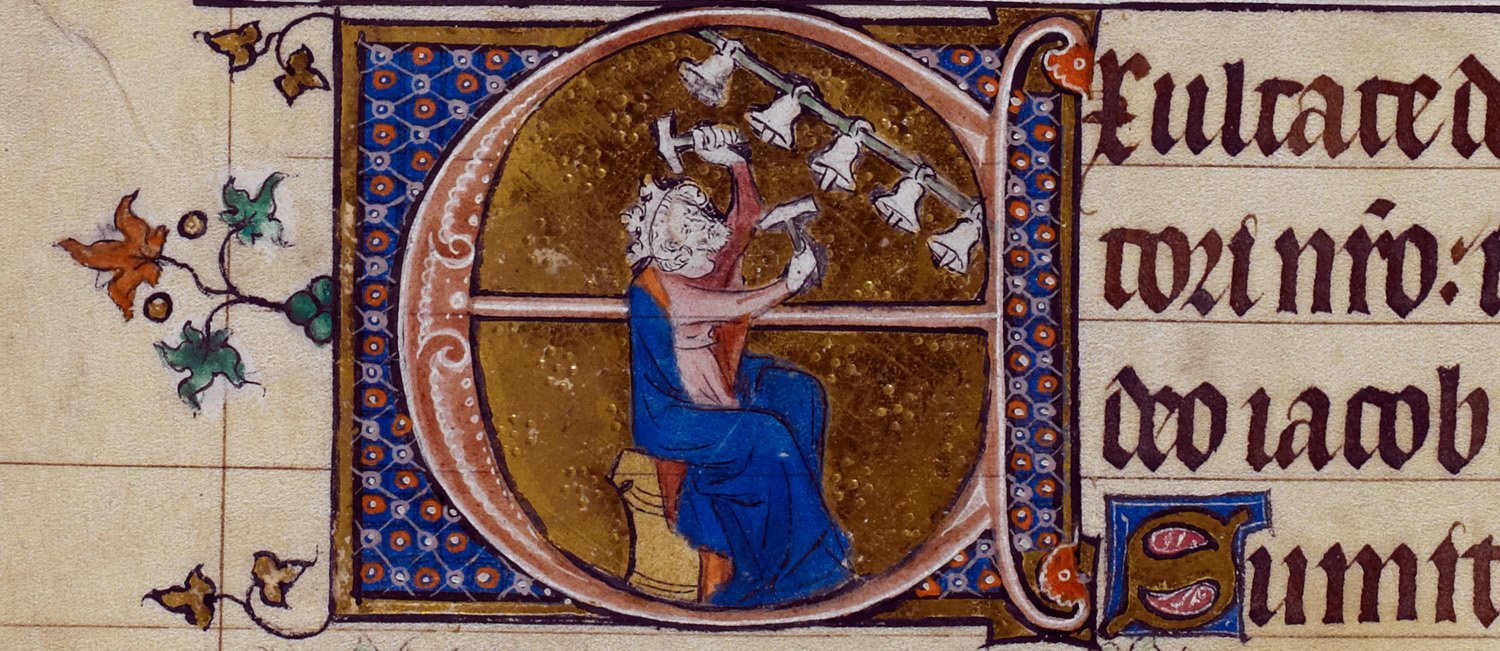 The aim of this article is to arrive at a performable and historically justifiable arrangement of the problematic song, bryd one brere, c. 1290–1320. This is the oldest surviving secular love song in the English language with a complete lyric and so it is early music gold-dust, but it does have some severe holes: it is for two voices, but one voice is missing; and some of the roughly-written notation is difficult to decipher. What follows is not the only possible musical solution; but on this journey I’ll take you through the process step by step, so you can decide for yourself if you’re convinced. I’ll also delve a little into the background of the song, arguing that it is clearly influenced by the troubadour and trouvère tradition of fin’amor – refined or perfect love. The article starts with a video performance on voice and medieval harp.
The aim of this article is to arrive at a performable and historically justifiable arrangement of the problematic song, bryd one brere, c. 1290–1320. This is the oldest surviving secular love song in the English language with a complete lyric and so it is early music gold-dust, but it does have some severe holes: it is for two voices, but one voice is missing; and some of the roughly-written notation is difficult to decipher. What follows is not the only possible musical solution; but on this journey I’ll take you through the process step by step, so you can decide for yourself if you’re convinced. I’ll also delve a little into the background of the song, arguing that it is clearly influenced by the troubadour and trouvère tradition of fin’amor – refined or perfect love. The article starts with a video performance on voice and medieval harp.
